Back to Courses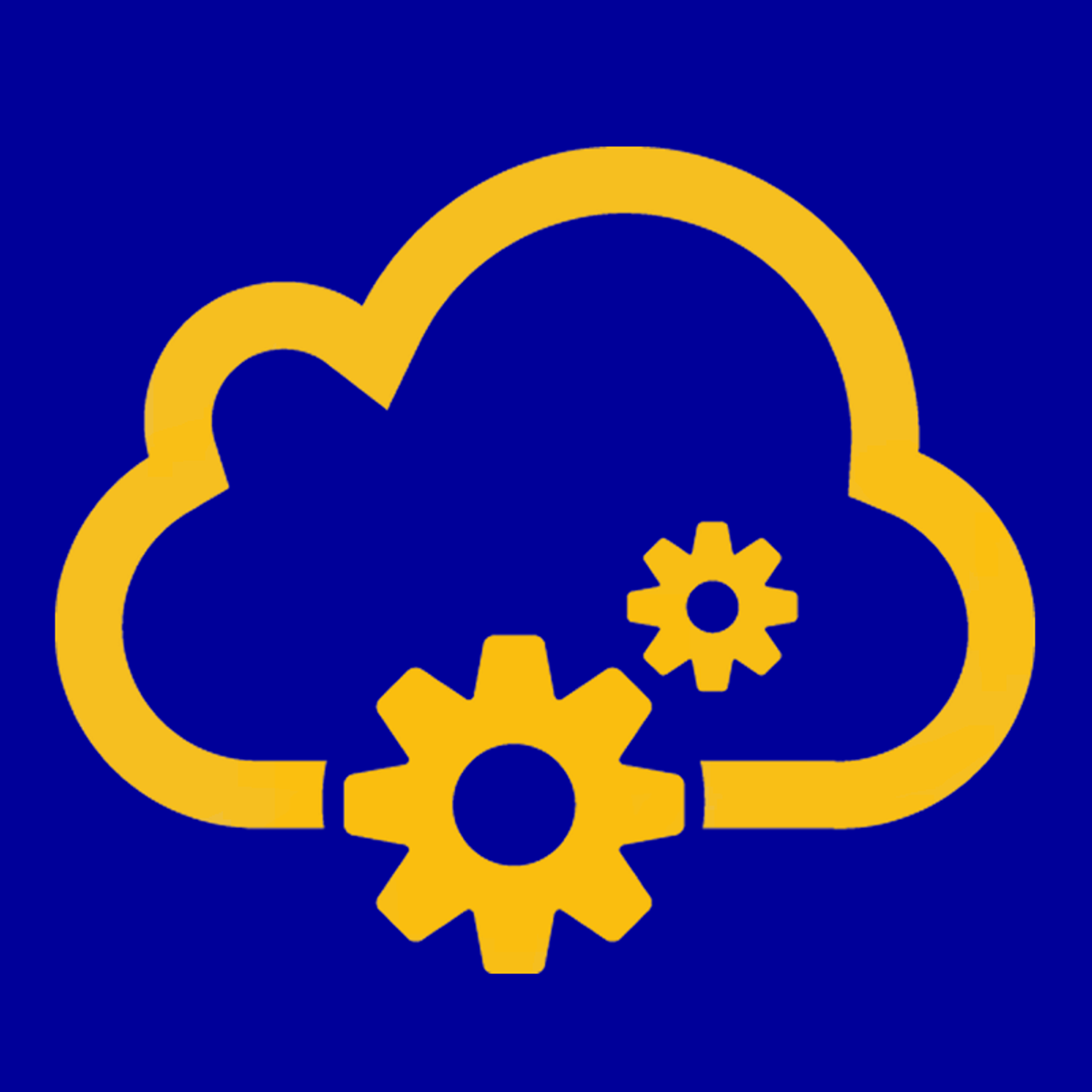
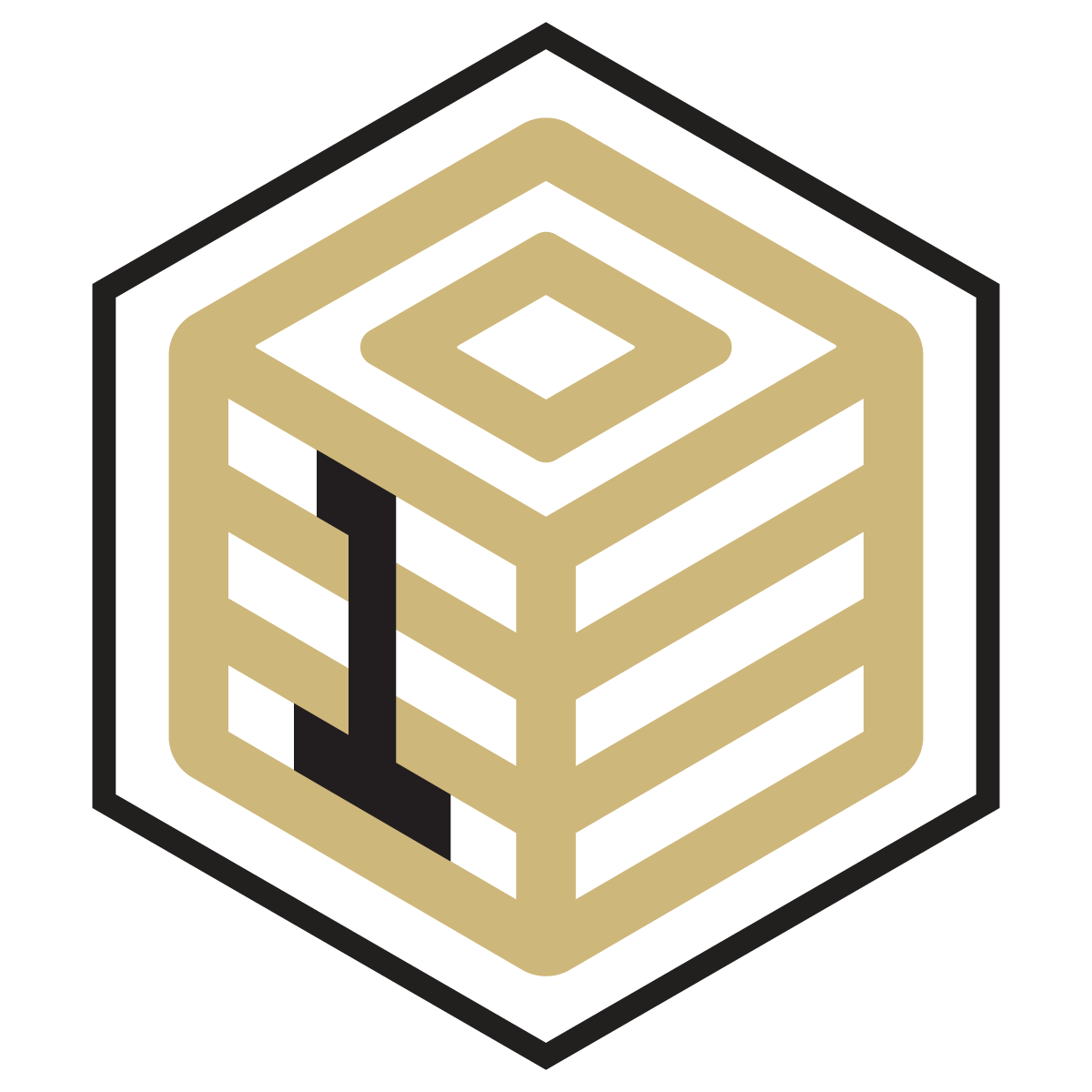




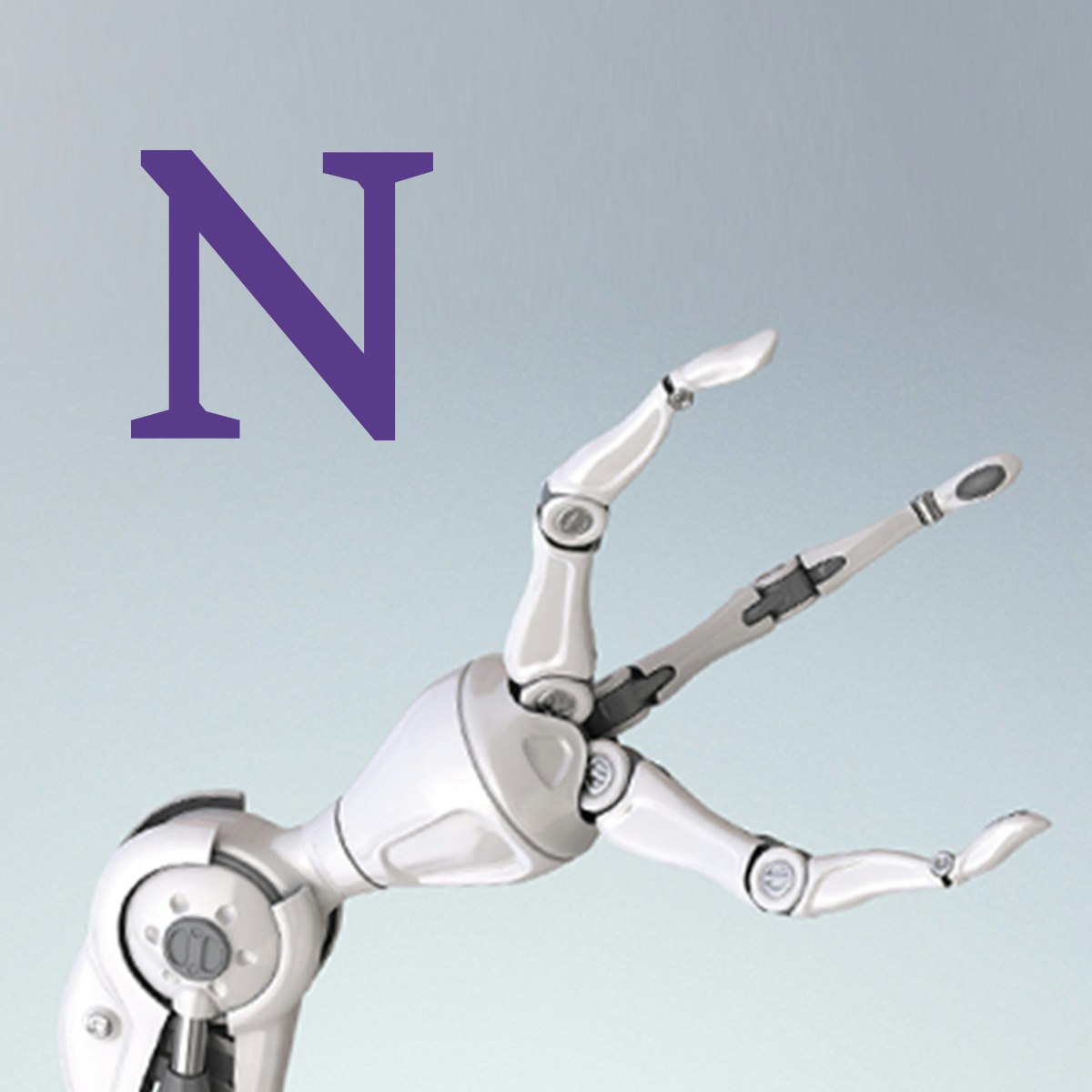
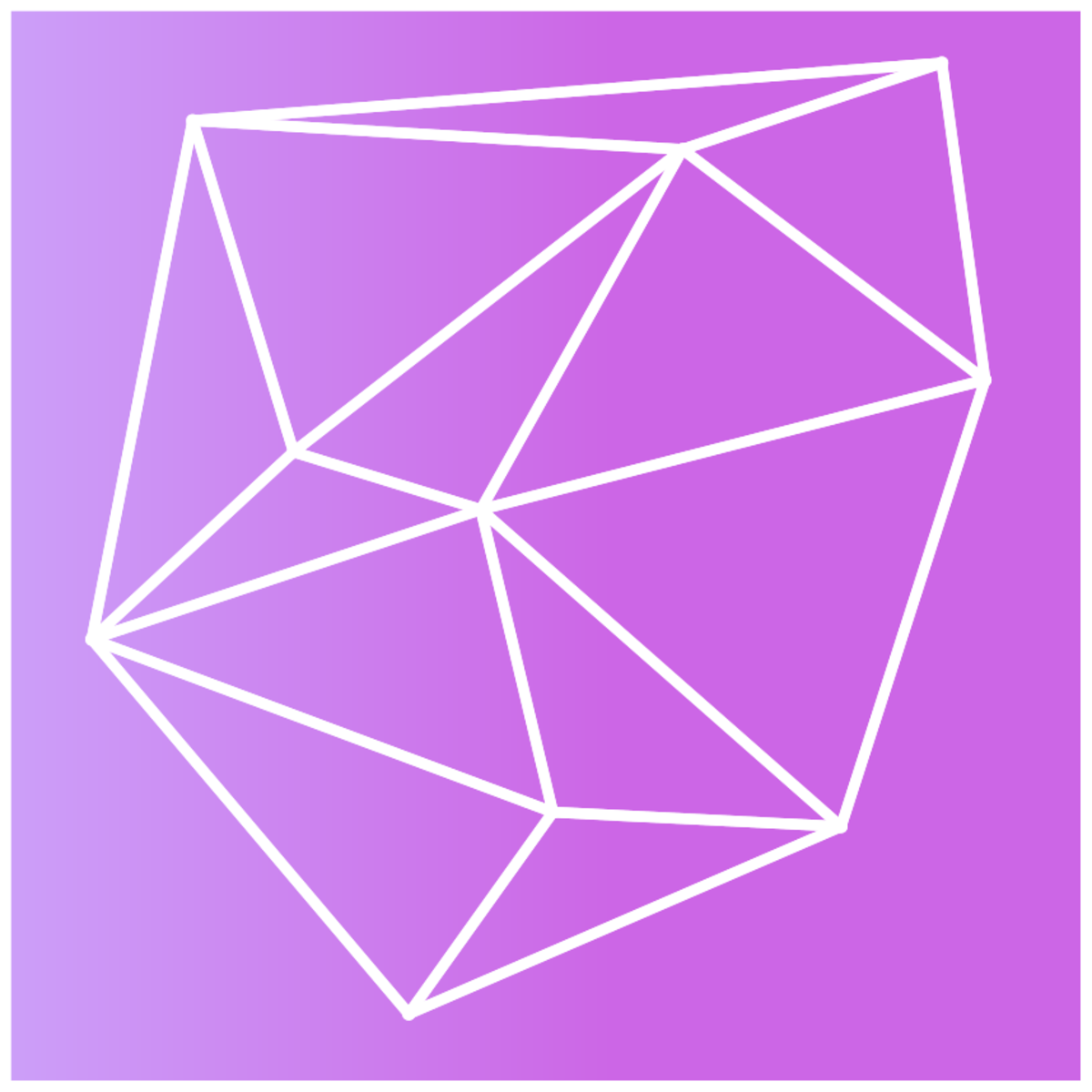
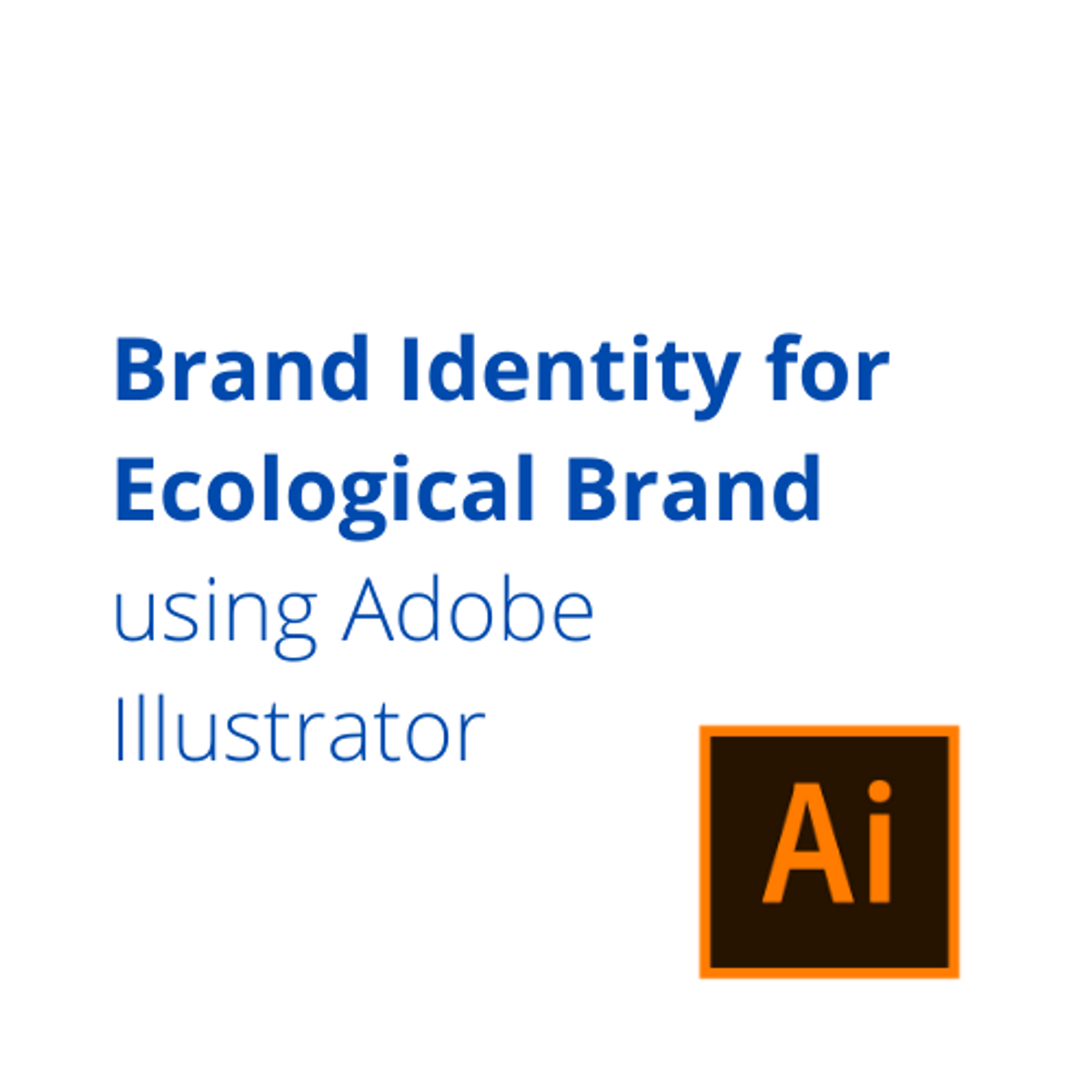
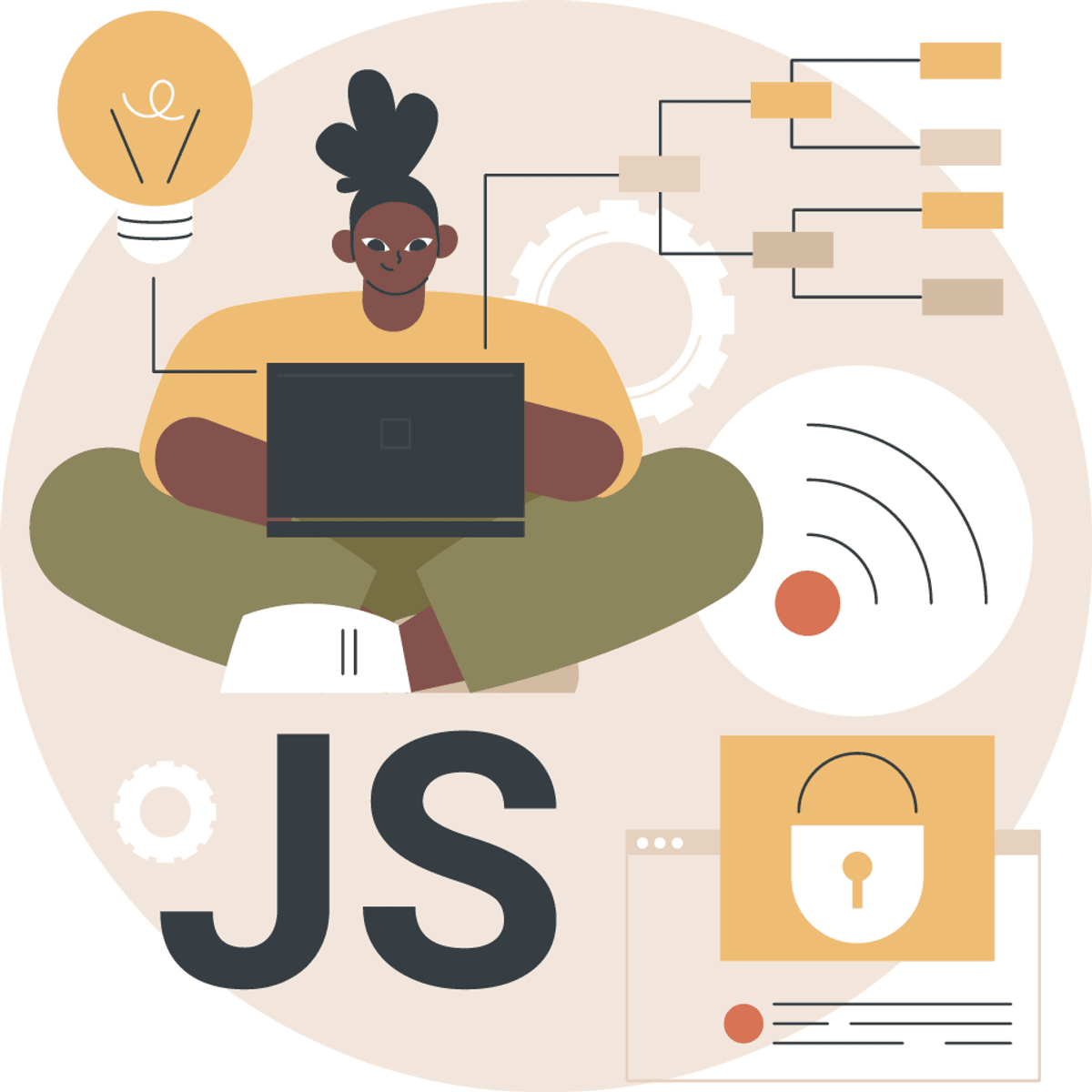
Computer Science Courses - Page 196
Showing results 1951-1960 of 2309

HTML - Front-End Developer
This course is part of a 3-part specialization on web services. This course provides an introduction to HTML for front-end developers. Your instructor believes in learning based on a hands-on approach. As such, students are encouraged to complete multiple hands-on labs which allow students to practice what they learn.

Database Management Essentials
Database Management Essentials provides the foundation you need for a career in database development, data warehousing, or business intelligence, as well as for the entire Data Warehousing for Business Intelligence specialization. In this course, you will create relational databases, write SQL statements to extract information to satisfy business reporting requests, create entity relationship diagrams (ERDs) to design databases, and analyze table designs for excessive redundancy. As you develop these skills, you will use either Oracle, MySQL, or PostgreSQL to execute SQL statements and a database diagramming tool such as the ER Assistant or Visual Paradigm to create ERDs. We’ve designed this course to ensure a common foundation for specialization learners. Everyone taking the course can jump right in with writing SQL statements in Oracle, MySQL, or PostgreSQL.

Mycelium Growth with NetLogo Web
Underneath our feet, spreading across the globe, a magnificent being resides. As a living network, it breaks down compounds from minerals and dead plants and animals in the soil (and pollutants as well), only to distribute these nutrients to other living organisms. Therefore, providing the cyclical nature characteristic of Nature. When conditions are right, some of these organisms will fruit into beautiful mushrooms, some of which are incredibly nutritious and with miraculous medicinal properties. The organism described is the Mycelium, or the vegetative part of a fungus organism.
In this project we will create an agent based model that simulates possible mechanisms through which fungi mycelium grows, as observed through microscopic lenses. For that we will be working with NetLogo Web, a very powerful online modeling environment. Learns will be introduced to this environment, as well as the basics of the Logo programming language.
Note: This project works best for learners who are based in the North America region. We’re currently working on providing the same experience in other regions.
Greedy Algorithms, Minimum Spanning Trees, and Dynamic Programming
The primary topics in this part of the specialization are: greedy algorithms (scheduling, minimum spanning trees, clustering, Huffman codes) and dynamic programming (knapsack, sequence alignment, optimal search trees).

Introduction to the Internet of Things and Embedded Systems
The explosive growth of the “Internet of Things” is changing our world and the rapid drop in price for typical IoT components is allowing people to innovate new designs and products at home. In this first class in the specialization you will learn the importance of IoT in society, the current components of typical IoT devices and trends for the future. IoT design considerations, constraints and interfacing between the physical world and your device will also be covered. You will also learn how to make design trade-offs between hardware and software. We'll also cover key components of networking to ensure that students understand how to connect their device to the Internet. Please note that this course does not include discussion forums.
Upon completing this course, you will be able to:
1. Define the term “Internet of Things”
2. State the technological trends which have led to IoT
3. Describe the impact of IoT on society
4. Define what an embedded system is in terms of its interface
5. Enumerate and describe the components of an embedded system
6. Describe the interactions of embedded systems with the physical world
7. Name the core hardware components most commonly used in IoT devices
8. Describe the interaction between software and hardware in an IoT device
9. Describe the role of an operating system to support software in an IoT device
10. Explain the use of networking and basic networking hardware
11. Describe the structure of the Internet
12. Describe the meaning of a “network protocol”
13. Explain MANETs and their relation to IoT

Omnibond: Creating an HPC Environment in Google Cloud with CloudyCluster
This is a self-paced lab that takes place in the Google Cloud console.
In this lab, you create a complete turn-key High Performance Computing (HPC) environment in Google Cloud. This environment will provide the familiar look and feel of on-prem HPC systems but with the added elasticity and scalability of Google Cloud.
In this lab you see how CloudyCluster can easily create HPC/HTC jobs that will run on-prem or in CloudyCluster on Google Cloud. You can rely on the familiar look and feel of a standard HPC environment while embracing the capabilities and elasticity of Google Cloud. The HPC jobs can be easily configured to support many instance types including GPU, preemptible, and any number of memory & CPU configurations. You will always have the latest computational technology at your fingertips.
With CloudyCluster, users can now take advantage of the GUI developed by Open OnDemand. In this lab you will be able to experience many of the Open OnDemand HPC tools. Upload and download files with a file browser-like interface. Draft job scripts with the built-in web editor. Spin-up new computing instances and have them tear down automatically after your specified work window. The current release includes JupyterLab via JupyterHub and Cloudy desktop capabilities.
As part of Google Cloud and CloudyCluster you have a vast array of storage technologies available to you. In this lab you will take advantage of High Performance Parallel Storage for job execution.

Modern Robotics, Course 6: Capstone Project, Mobile Manipulation
The capstone project of the Modern Robotics specialization is on mobile manipulation: simultaneously controlling the motion of a wheeled mobile base and its robot arm to achieve a manipulation task. This project integrates several topics from the specialization, including trajectory planning, odometry for mobile robots, and feedback control. Beginning from the Modern Robotics software library provided to you (written in Python, Mathematica, and MATLAB), and software you have written for previous courses, you will develop software to plan and control the motion of a mobile manipulator to perform a pick and place task. You will test your software on the KUKA youBot, a mobile manipulator consisting of an omnidirectional mecanum-wheel mobile base, a 5-joint robot arm, and a gripper. The state-of-the-art, cross-platform V-REP robot simulator will be used to simulate the task.

Geometric Algorithms
Course Information: In many areas of computer science such as robotics, computer graphics, virtual reality, and geographic information systems, it is necessary to store, analyze, and create or manipulate spatial data. This course deals with the algorithmic aspects of these tasks: we study techniques and concepts needed for the design and analysis of geometric algorithms and data structures. Each technique and concept will be illustrated on the basis of a problem arising in one of the application areas mentioned above.
Goals:
At the end of this course participants should be able
- to decide which algorithm or data structure to use in order to solve a given basic geometric problem,
- to analyze new problems and come up with their own efficient solutions using concepts and techniques from the course.
Prerequisites:
In order to successfully take this course, you should already have a basic knowledge of algorithms and mathematics. Here's a short list of what you are supposed to know:
- O-notation, Ω-notation, Θ-notation; how to analyze algorithms
- Basic calculus: manipulating summations, solving recurrences, working with logarithms, etc.
- Basic probability theory: events, probability distributions, random variables, expected values etc.
- Basic data structures: linked lists, binary search trees, etc.
- Graph terminology
- Programming skills for practical assignments
Most of the material in this course is based on the following book:
M. de Berg, O. Cheong, M. van Kreveld, and M. Overmars. Computational Geometry: Algorithms and Applications (3rd edition). Springer-Verlag, 2008.
It is not mandatory to buy this book. However if participants want to know more than is offered in this course or want to have another look at the material discussed in the lectures, we recommend buying this book.
The video lectures contain a few very minor mistakes. A list of these mistakes can be found under resources. If you think you found an error, report a problem by clicking the square flag at the bottom of the lecture or quiz where you found the error.

Brand Identity for Ecological Brand using Adobe Illustrator
By the end of this project, a brand identity for an Eco-friendly brand called Green Steps will be designed. So as a result, in this brand identity, a logo and its variations, a pattern and a color palette will be designed.
Then these brand elements will be implemented on a mock-up of the grocery bag, letterhead, envelope, notebook, business card, tablet, and employee tag. Then the final stage will be designing a mood-board that includes all the brand elements and the mock-up of the grocery bag.
This is to showcase the client the brand’s mood and how the final outcome will look like at the end.
This project is for intermediate graphic designers that are interested in branding and logo designing, who already have the basics of Adobe illustrator.
As a designer, learning to create a brand identity will help you in your career, as everyday new brands are willing to join the market and need the help of designers to create a unique identity to their brands, in order to be able to stand up in the market.
Moreover, implementing this brand identity on a mock-up and a mood-board will help you as designer to present your ideas and designs to the client, thus giving them a realistic image on the brand’s final outcome.

Server side JavaScript with Node.js
Have you ever wondered how you are able to do net banking or book a ticket online? Which technology is adopted for applications used in different businesses?
Backend technology acts as a backbone to every web application. It typically includes all services, data interfaces and their core business logic.
This course will introduce you to the Node.js environment and help you design and develop backend or server-side of the application. It also provides you with hands on coding exercises and will enable you to build JavaScript programs and test and execute them in the Node.js environment.
